Use a bleach solution to sanitize surfaces like doorknobs, counters, toilets and light switches

Noroviruses are as easy to spread and hard to kill as they are unpleasant to experience.
Advertisement
Cleveland Clinic is a non-profit academic medical center. Advertising on our site helps support our mission. We do not endorse non-Cleveland Clinic products or services. Policy
If you or a family member have had norovirus — one of the most common causes of acute gastroenteritis outbreaks and often mislabeled as “stomach flu” — you know that’s saying something. Symptoms commonly include nausea, vomiting and diarrhea.
So, what kills norovirus? And how long can the stomach viruses live on surfaces?
Start with these tips from family medicine physician Matthew Goldman, MD, to clean up after a bout of norovirus.
Yes, norovirus is very contagious — in fact, the virus can stay in your poop for two weeks or more after you start feeling better. This means you can spread norovirus while you have symptoms like diarrhea and vomiting and for a while afterward.
Norovirus commonly spreads from sick people and contaminated food, water and surfaces (think doorknobs, countertops, etc.).
While unpleasant to think about, tiny droplets of vomit or diarrhea from a person with norovirus can be carried through the air and land on surfaces or enter another person’s mouth. If you have norovirus, you also shed billions of norovirus particles that can make other people sick.
“Norovirus is exceptionally contagious — just a few viral particles are enough to infect someone,” stresses Dr. Goldman. “Its ability to linger on surfaces and spread through the air makes it a formidable opponent in any household outbreak.”
Advertisement
It’s important that you take some precautions if you or someone else in your family is sick with norovirus. Dr. Goldman offers the following advice on how to kill norovirus.
As norovirus can be extremely contagious, anyone who has norovirus shouldn’t prepare or handle food for others. You want to wait at least two days after symptoms subside before handling food or helping around the house again.
During this time, you should be diligent about any food prep you do. Take care when washing fruits and vegetables and take the time to clean and sanitize any kitchen utensils or surfaces you use.
Many disinfectants won’t kill norovirus. For example, alcohol, dish soap and even disinfecting wipes won’t kill norovirus. The disinfectants that kill norovirus? A bleach and water solution.
The U.S. Centers for Disease Control and Prevention (CDC) recommends a solution that contains anywhere from 5 to 25 tablespoons of household bleach per gallon of water or other disinfectant approved by the U.S. Environmental Protection Agency (EPA). Stainless steel and similar surfaces need less, while more porous surfaces need more. If you don’t want to mix your own, shop for bleach-based cleaners.
Use rubber gloves or disposable latex or vinyl gloves. This will help protect you not only from the bleach but also from the norovirus itself, which can hang around on surfaces for days to weeks.
Wear a protective mask for safety, too — and be sure to air out the room when you finish cleaning.
That includes the toilet, the floor, all counters, doorknobs, light switches, telephones, remote controls — you name it.
For the best results, let the bleach water or cleaner sit on the surface for at least five minutes before wiping it clean with paper towels or other disposable products. In addition, you may want to steam-clean upholstered furniture.
Yes, norovirus can take up residency in that duvet, pillow or blanket. To clean and disinfect soft surfaces like bedding, start by using gloves to handle soiled sheets, towels and clothes, and keep them separate from other laundry if possible.
Wash everything in very hot water. For whites or lighter clothes you aren’t concerned about lightening, add a little bleach. Wash the items with detergent at the maximum available cycle length, then machine dry them.
Washing your hands is a good practice both during and after any illness, particularly a hearty one like norovirus. Be sure to wash your hands thoroughly for at least 20 seconds after cleaning, too, so all of your hard work doesn’t go to waste.
It’s also vital that you wash your hands after using the toilet and before and after eating. And while hand sanitizer is good to have on hand, it doesn’t kill norovirus and should only be used in addition to hand washing.
Advertisement
Norovirus isn’t fun and it can be easily spread through the air and surfaces, but you can lessen how much it spreads by taking the time to clean and disinfect surfaces — and keeping on top of hand washing.
“The key to preventing the spread of norovirus lies in rigorous hygiene practices,” reiterates Dr. Goldman. “Regular handwashing, thorough disinfection of surfaces with bleach-based solutions, and avoiding food preparation for others while symptomatic are essential steps to contain the virus.”
Advertisement
Learn more about our editorial process.
Advertisement

You can catch this highly contagious virus through contaminated food, water, droplets and more

Start slowly with clear fluids, and then move to bland, easy-to-digest foods
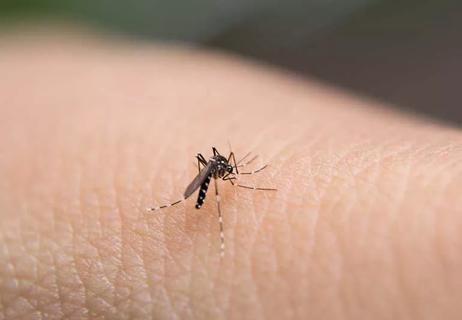
Zika is still a threat for some travelers, especially if you’re pregnant or trying to conceive
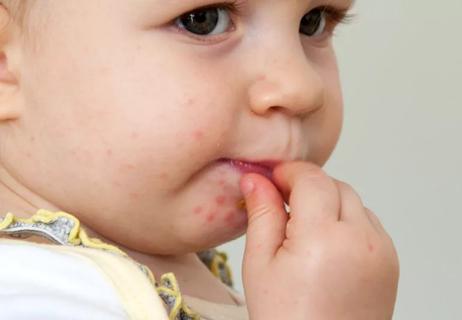
It starts off like a cold and then progresses to a rash that can last about 10 days
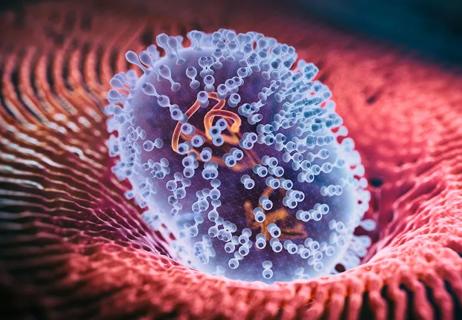
Transmission typically involves skin-to-skin contact, but the virus can also linger on surfaces
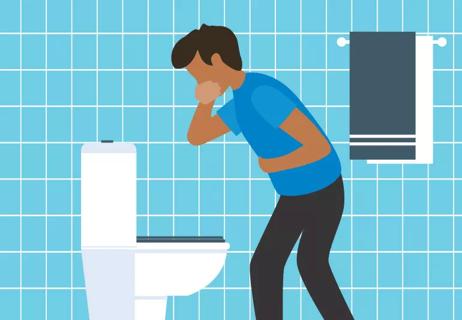
Time of onset and duration of symptoms tell the story
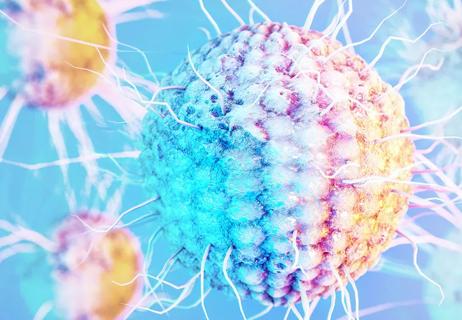
It’s not just smoking and genetics that can increase your risk of cancer

Mpox (monkeypox) is transmitted through skin-to-skin contact, including sex

Start having sex about 72 hours before ovulation, then at least every other day during your fertile window

Attachment theory suggests that your earliest relationships shape connections throughout your life

It isn’t a recognized mental health disorder, but research shows that problematic social media use can negatively affect your mental health, self-esteem and sleep